
Finding New Spaces Together
‘Vádye Eshgh (The Valley of Love)’ is a collaboration between Second Generation Collective and Abdul-Rahman Abdullah weaving through themes of beauty, diversity and the rebuilding of identity.

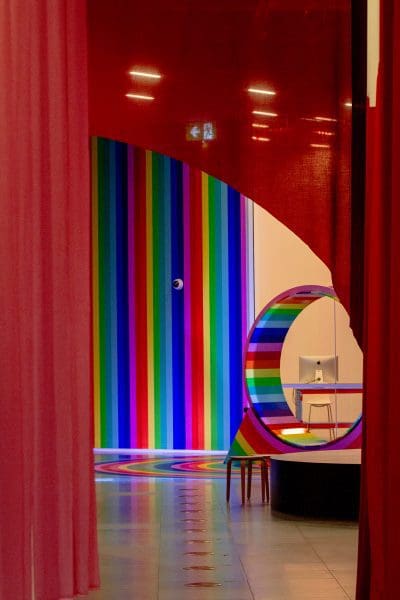
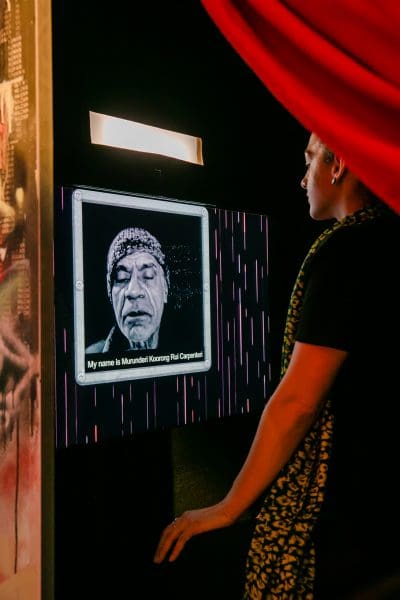
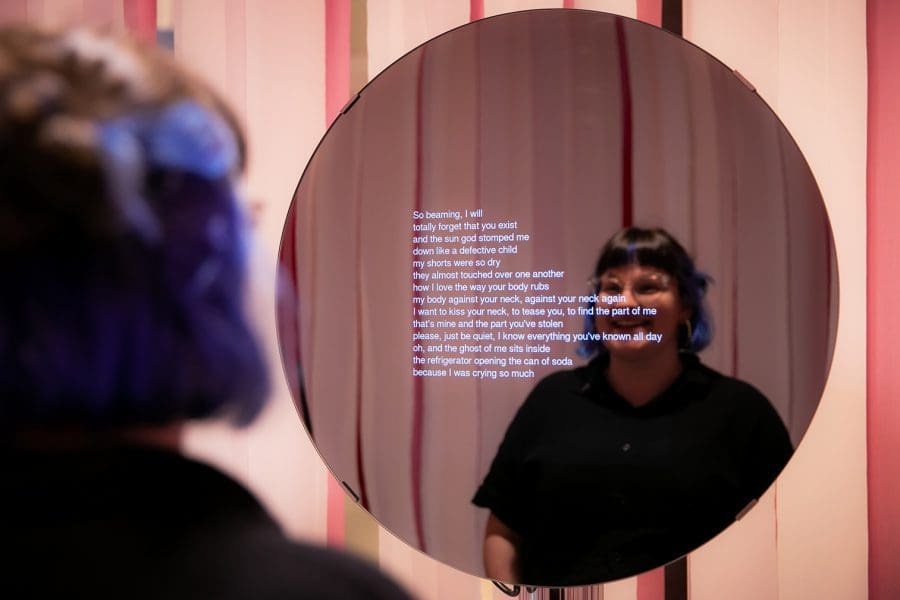
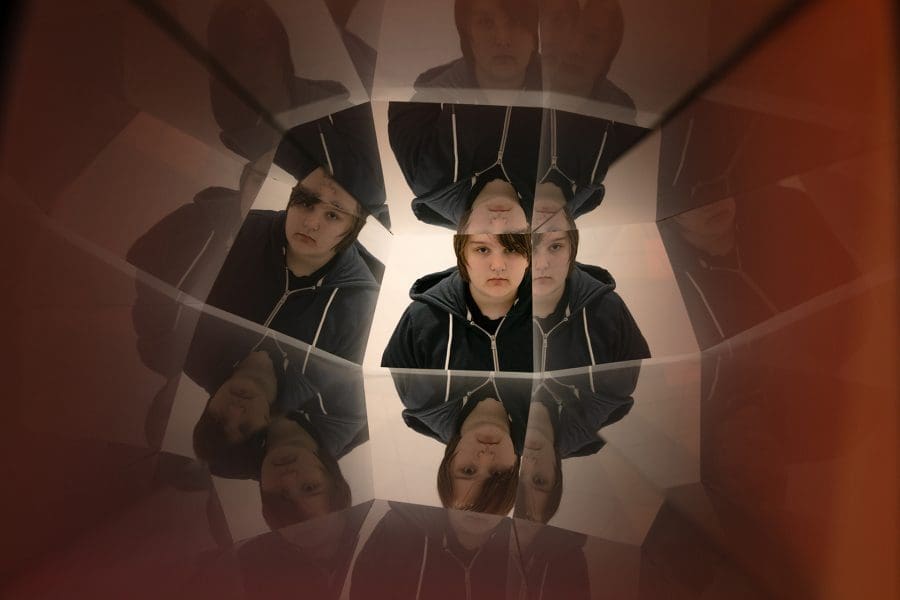

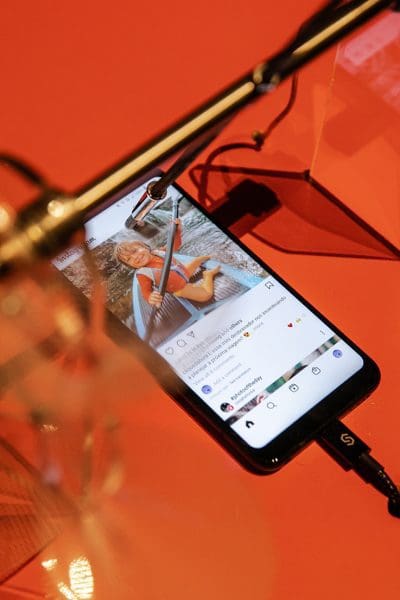

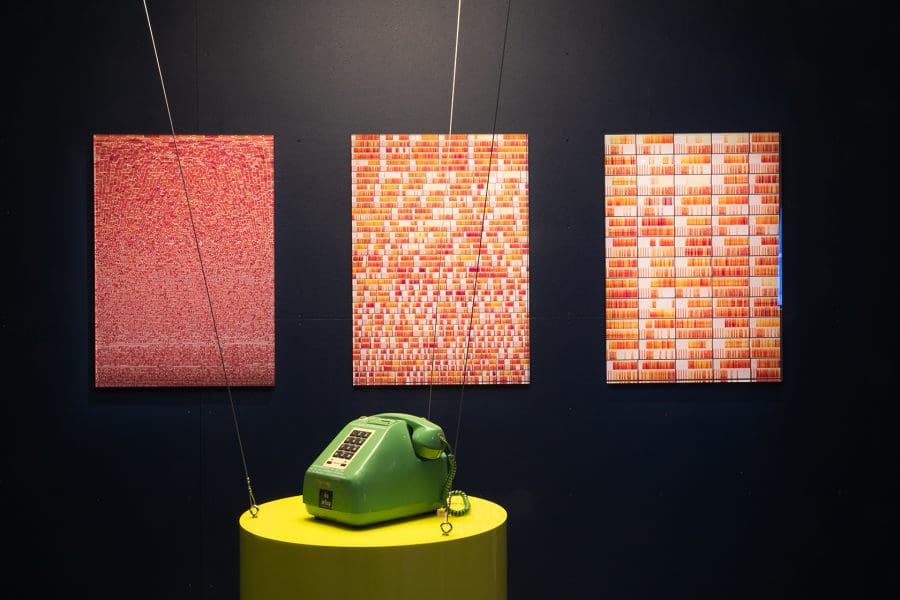
After running shows in pop-up spaces for a couple of years, Science Gallery Melbourne now has a permanent home in the Melbourne Connect precinct. Already delayed several times due to the pandemic, when the gallery finally opens it will be the only antipodean node in the international Science Gallery Network. Spread across nine cites in eight countries, each individual gallery is connected to a major academic institution and they are all dedicated to inspiring young people by using art as a strategy to explore the possibilities of science.
The network started in Dublin and also currently has galleries in London, Bangalore, Venice, Rotterdam, Berlin, Detroit and Atlanta. Dr Ryan Jefferies, creative director of the new Science Gallery Melbourne, describes these institutions as “creative laboratories” where the next generation can experiment, speculate and become prepared for the challenges ahead.
“And to do that, we believe we need genuine interdisciplinary practice,” he explains. “So an artist might work with a scientist, or a musician with a surgeon. When you bring people from various disciplines together, they bring different ideas in terms of solving a problem. Our ultimate goal is really about empowering young people. We’re facing a lot of big challenges globally, things like the climate crisis, mental health, ethical challenges with our own technology. We want the next generation to feel empowered, to be able to tackle some of these big issues, and the collision of art and science is at the heart of that.”
With this in mind, young people themselves are a driving creative force in the Science Gallery Network, helping to shape each individual exhibition. At Melbourne Science Gallery, which is part of the University of Melbourne, a Leonardo group of high profile experts from a range of fields including, for example, immunologist and Nobel Laureate Peter Doherty and artists Patricia Piccinini and Brook Andrew, identify key topics. These are then brainstormed by a think-tank of young people called the Sci Curious group, who, as Jefferies points out, sift through the ideas to make them relevant for a younger audience.
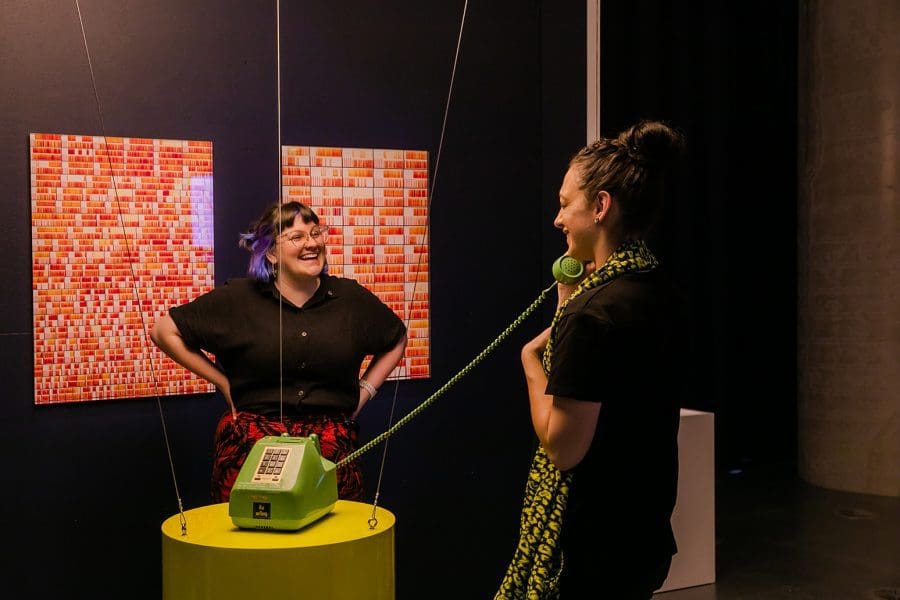
“Our Leonardo group tend to be older, and perhaps have a more cynical view of the future,” Jefferies says. “Whereas our target audience of 15-25 year-olds are more optimistic and positive. So we bring these big ideas to them and they start shaping what really matters within that theme for them. And then once we land on a topic, we share that to the world. We go through an open call process; anyone anywhere can submit an idea as long as it has interdisciplinary practice at its heart. And we end up with thousands of submissions from places all around the world. So our shows are uniquely global. Then we form a panel comprised of young people who come on the curatorial journey with us.”
The results of this distinctive curatorial process can be seen in the inaugural show at Science Gallery Melbourne’s new permanent space, MENTAL: Head Inside. As the tittle indicates, this exhibition is a young person-led take on mental health. It showcases more than 20 interdisciplinary projects including a life-sized interactive hamster wheel created by Australia artist Hiromi Tango in conjunction with Dr Emma Burrows from the Florey Institute of Neuroscience and Mental Health.
As Jefferies points out, Science Gallery Melbourne is not a conventional or stuffy white cube. “There’s a real focus on interaction, on experimentation. So people can, at times, handle our artworks; they can become part of the works themselves. They can actively be part of research experiments, with real scientific outcomes.”
MENTAL: Head Inside
Science Gallery Melbourne
Opens 20 January 2022